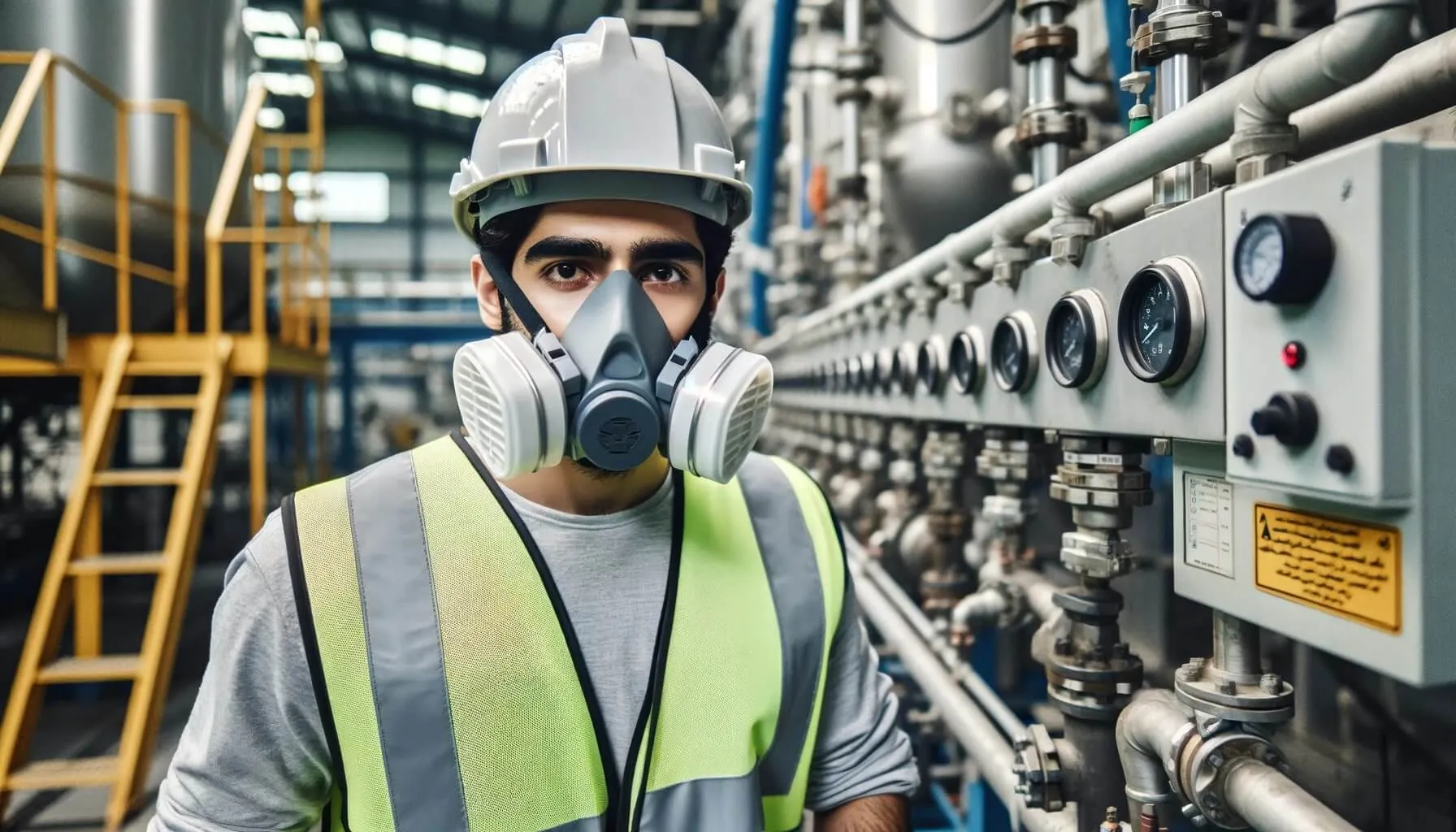How to Clean, Maintain, and Extend the Life of Respirator

Introduction
Respirators are vital for safeguarding workers from hazardous airborne particles like dust, fumes, gases, smoke, and vapors. To ensure they perform as intended, it's essential that respirators are well-maintained, especially if they're designed for repeated use. This requires routine cleaning and upkeep to keep them in optimal working condition.
How to Properly Clean Your Respirator
It's critical to clean your respirator regularly to maintain its effectiveness. While quick cleaning wipes might be convenient for short-term fixes, they're not enough for thorough cleaning.
Here’s how you can properly clean your respirator:
Step 1: Remove Cartridges and Filters. First, take off any cartridges or filters. Remember, they should stay dry, so no washing.
Step 2: Clean the Facepiece. Gently wash the facepiece in a mixture of warm water and a mild, oil-free detergent. Use a soft brush to scrub off any dirt gently.
Step 3: Disinfect Thoroughly. Next, immerse the facepiece in a disinfecting solution such as a diluted bleach solution or a disinfectant recommended for this use. Afterward, rinse it well with warm water and let it air dry in a contamination-free space.
Step 4: Inspect All Parts. Check each part of the respirator, including valves, straps, and any plastic components, for signs of wear or damage.
Step 5: Reassemble and Store. Once everything is dry and inspected, put your respirator back together. Store it somewhere clean and dry to avoid contamination when it’s not being used.
Remember, these instructions are for reusable respirators. If you’re using a disposable one, you should dispose of it after one use, particularly if you’re sharing the equipment. Always follow a complete cleaning regimen after each use to ensure safety and hygiene.
Keeping Your Respirator Sound: A Checklist for Regular Maintenance
Maintaining the condition of your respirator goes beyond routine cleaning. Regularly scheduled maintenance is crucial for ensuring your respirator's effectiveness and safety. Start with a detailed inspection of your respirator, keeping an eye out for any signs of damage, wear, or aging. Use this handy checklist as a guide during your inspection process.
Ensure the safety and effectiveness of your respirator by routinely checking these critical parts:
Facepiece:
- Look for any distortion in shape or form.
- Check for accumulated grime or dirt.
- Inspect for any punctures, rips, or degradation.
- Confirm the material remains pliable, without any hardening.
Yoke:
- Examine for any fractures that might occur from bending or twisting.
Valves for Breathing In and Out:
- Both valves must be intact and in place.
- The cover for the exhalation valve must be secure.
- No fissures or wear should be evident.
- Clean off any debris.
- Make sure there is no warping or distortion.
Head Straps:
- Inspect for any splits or damage.
- Stretch the straps to assess their resilience.
- Check that all clasps are in place and operational.
Cartridges and Filters:
- Inspect for any structural damage like cracks or perforations.
- If filters are clogged with paint or similar substances, they should be replaced.
- Make sure the correct filters and cartridges are being used for the hazards identified.
Adhere to a strict schedule for changing out your filters and cartridges. Label each one with the date of installation, and avoid using any whose age is unknown.
Remember, high-activity tasks may necessitate more frequent changes due to increased airflow, while higher contaminant levels reduce filter life. In humid conditions (over 85% humidity), expect the lifespan of your filters to be cut in half.
Simple repairs like valve or clamp replacement can be managed independently. For complex repairs, it's best to turn to a professional, often provided by the manufacturer.
Tips for Extending the Life of Your Respirator
- Keep it Clean: Always have clean hands when touching your respirator. Maintaining its cleanliness after thorough washing and sanitizing means handling it with care.
- Avoid Overstretching: Stretching your respirator over a hard hat or similar can distort its shape and loosen the fit. Keep its structure intact for maximum protection.
- Proper Storage is Key: Resist the urge to fold your respirator unless it’s designed for it. Folding can damage the filter’s structure, compromising the seal and protection.
- Seal it Up: When not in use, seal your respirator in a bag to prevent the filters from picking up airborne contaminants, ensuring it stays pristine for the next use.
- The Right Match: Consistently use the correct filter and cartridge designed for your respirator. The wrong type can reduce the effectiveness and lifespan of the components, and more critically, it can leave you exposed to harmful substances.
Conclusion
With the right care, your respirator can serve you well over time. Remember to replace filters as advised by the manufacturer to ensure ongoing protection. Should you need guidance on cleaning, inspecting, or upkeeping your respirator, always consult with a trained expert or the maker of the product for reliable advice.
